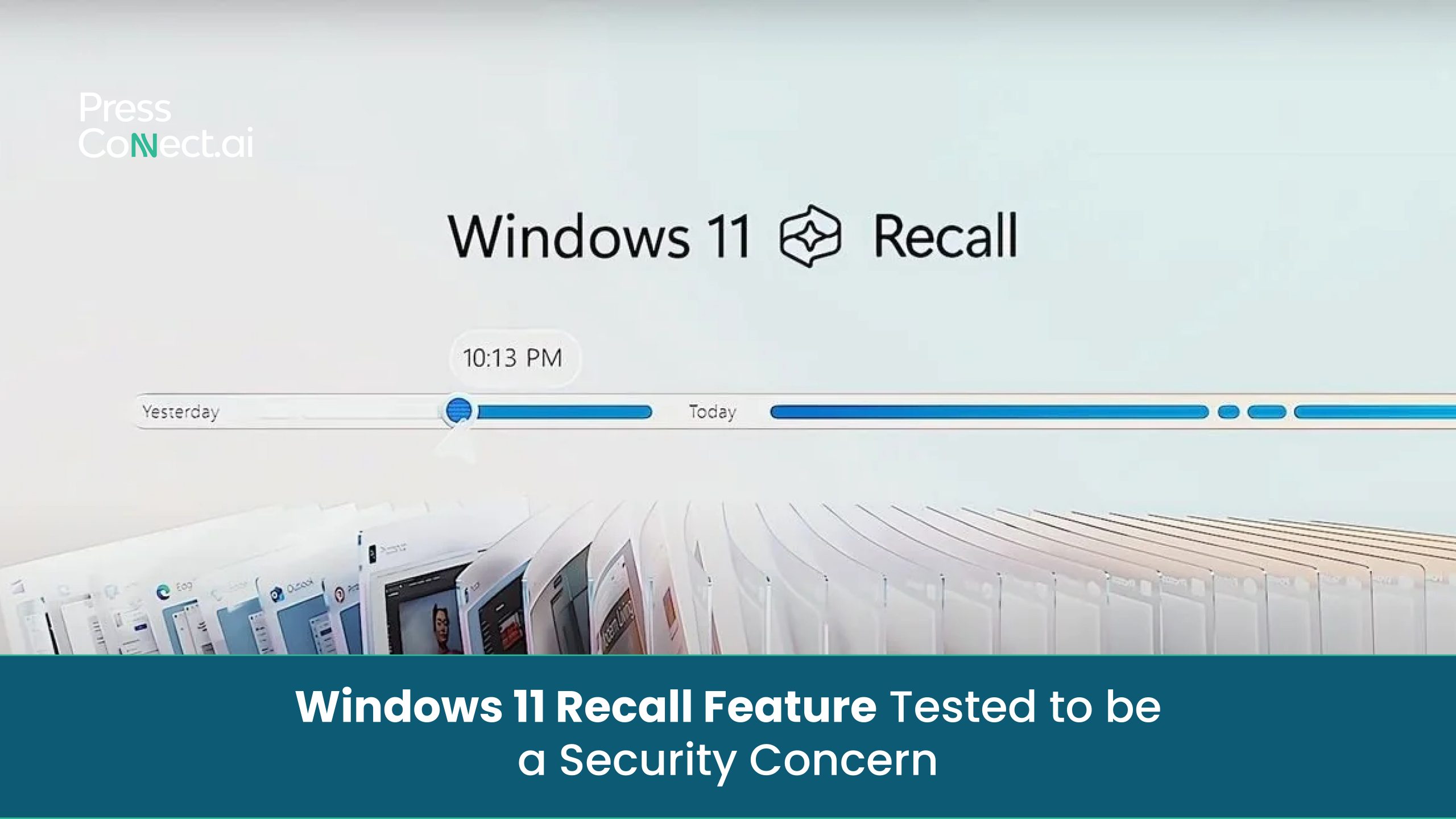How to Manage a PR Crisis: Effective Strategies & Real-World Examples
A PR crisis unexpectedly strikes brands at any time. Businesses face various crisis scenarios, including product recalls and public scandals, yet every crisis damages a brand’s reputation. Companies that successfully navigate crises in modern, quick digital business environments create their public image, whereas delayed reactions lead to severe image degradation. A business needs proper PR crisis management strategies to protect brand value while rebuilding public trust and maintaining corporate trustworthiness. A detailed analysis of PR crisis management principles, along with successful strategies and practical case studies from well-known brands, will be presented in this publication.
The Key Components of a Successful PR Crisis Management Plan
A crisis management system depends on quick responses alongside thorough coordination systems. Each successful PR crisis plan must contain these specific elements during its development.
- Immediate Response: Instant acknowledgment remains the first critical step toward handling a public relations emergency. The company demonstrates accountability by expressing quick actions and total event awareness, which keeps rumors from occurring. A fast reaction validates organizational transparency and accountable actions necessary to keep stakeholders confident.
- Crisis Communication Team: A team should be assigned specific responsibilities to handle crises. PR specialists, senior leaders, and key executives comprise a team that can make crucial decisions and quickly maintain productive communication.
- Constructing the Right Message: Every crisis communication must adopt consistent messaging as its core principle. A superb message must reassure public audiences while providing transparent information and practical solutions. A carefully prepared message must demonstrate a strong connection to company principles and evidence of active resolve toward solving the problem.
- Monitoring the Situation: Tracking public sentiment and social media and media outlet data remains essential throughout a PR crisis. Online monitoring lets stakeholders confirm how audiences respond while enabling organizations to address misunderstandings and modify their plans accordingly.
Effective Strategies for Managing a PR Crisis
PR crisis management goes past instant actions, needing systematic methods to minimize risks, restore public faith, and protect long-term organizational image. Brand credibility faces long-lasting consequences when a crisis management plan remains ill-prepared.
Stay Calm and Take Control
Coming into a state of panic alongside hasty reactions worsens existing situations during crises. Organizations must stay composed to objectively analyze their situation while creating responses that uphold their brand values. Moving too quickly or giving in to emotions can produce erratic messaging that will worsen how people see you. Organizations must establish leadership oversight to create deliberate responses based on solid measurements.
Companies need to communicate with suitable media sources.
When a PR crisis arises, the media directly formats what people perceive as reality during this period. Businesses must partner with journalists from reliable data sources and media platforms to communicate. Reputable media outlets need actively engaged brands to share transparent factual information instead of assuming they will dismiss media requests. When companies regularly establish positive relations with the media, these connections enable them to better direct messaging throughout a crisis.
Leverage Social Media Responsibly
Social media pr either becomes the accelerant behind crisis growth or the controlling factor that directs crisis resolutions. Companies must use Twitter, Facebook, and LinkedIn to address concerns and supply real-time updates while actively fighting misinformation. Well-planned crisis communication responses must agree with the established corporate crisis communication strategy. Publishing defensive or unanswered content online will generally make situations worsen beyond resolution. Sending brands need to track social media patterns together with sentiment analysis platforms to understand what people think about them so they can edit their communication approach.
Communicate with Transparency and Honesty
Organizations that maintain transparency achieve superior success during crisis management situations. Brands that present their misconduct alongside detailed, truthful explanations will usually regain the public’s trust. Organizations should avoid attempting to hide or minimize issues because this approach creates increased attention, which results in an extended-lasting poor reputation. Organizations need to express genuine apologies when needed and declare their accountability along with detailed solutions for resolving issues.
Offer Real Solutions and Action Plans
Organizations must move beyond simple acknowledgment and implement meaningful changes when dealing with a crisis. When addressing issues, brands must present specific actions addressing the root causes. A comprehensive strategy for proactive improvement activities creates stakeholder confidence in the company’s commitment to enhancement through product recalls, internal team reorganizations, and policy implementation. Organizations can demonstrate ethical leadership and their commitment to corporate responsibility through crises.
Monitor Public Sentiment and Adapt Accordingly
The resolution of a Public Relations crisis extends beyond the first response to the problem. In the post-crisis period, companies must actively observe public sentiment toward their brand. By employing tools like Google Alerts, sentiment analysis software, and social listening platforms, businesses can effectively prevent damaging backlash and customize their messages. A proactive approach includes meeting directly with affected customers and stakeholders while addressing their concerns and repeating optimistic brand content.
Real-World Examples of Successful PR Crisis Management
Additional analysis exists regarding three major corporations that successfully navigated their public relations disasters to become more substantial organizations.
Johnson & Johnson’s Tylenol Crisis (1982)
Johnson & Johnson encountered one of history’s most famous PR crises because cyanide-tainted Tylenol capsules caused seven fatalities among consumers. Johnson & Johnson removed 31 million bottles from shelves and provided immediate public reassurances after the crisis unfolded. By implementing tamper-proof packaging, Johnson & Johnson has restored the confidence of consumers and defended its brand reputation in the long term.
Starbucks’ Racial Bias Incident (2018)
The arrest of two black customers at a Philadelphia Starbucks location forced the company to handle the situation immediately. All 8,000 of Starbucks’ retail locations remained closed for one day as the company conducted racial bias training sessions with their entire workforce. This quick, transparent response helped restore public trust and reaffirmed the company’s commitment to inclusivity.
Coca-Cola’s New Coke Debacle (1985)
Customer reactions turned to passionate anger when Coca-Cola decided to modify its product formula. The manufacturer first lacked public reaction understanding until finally listening to customer reaction and reintroduced the original formula under the “Coca-Cola Classic” name. A speedy response from the company allowed it to regain its lost popularity with customers.
Mistakes to Avoid During a PR Crisis
The most thorough crisis management strategies become ineffective when specific errors materialize. You should avoid these common mistakes to achieve a successful crisis response.
- Delaying Response: Time is critical in a crisis. The late response of businesses provides space for inaccurate information to maintain and intensify the conflict.
- Inconsistent Messaging: A mixed message flow creates confusion that damages public trust. All organizations require consistent messaging across spokespersons and media outlets to preserve credibility during public crises.
- Ignoring Public Sentiment: When businesses fail to consider public sentiments, their brand reputation deteriorates. A successful crisis resolution depends entirely on how companies handle customer feedback and provide immediate solutions to reported problems.
- Failing to Address the Root Cause: By avoiding fundamental remedies, the same issues will repeatedly create new crises. Businesses need to establish measures that stop similar problems from recurring.
Post-Crisis: Rebuilding Brand Trust and Reputation
Following crisis resolution, brands need to concentrate on restoring their image. This involves:
- Assessing the Damage: Analytics of crisis media reporting alongside public perception analysis and long-term estimation of the brand image should be conducted to identify outcomes. Understandingly studying these aspects enables both crisis evaluation and response assessment.
- Transparency and Accountability: Trust can only be rebuilt through public communication, which remains open and transparent. Brands must eliminate hesitation when acknowledging mistakes because showing corrective measures that thwart future crises builds customer trust.
- Long-Term Strategy: Organizations preventing future crises should evaluate their internal procedures and develop robust risk management systems to avoid similar problems.
How Press Connect Can Help Businesses Manage PR Crises Effectively
A PR crisis demands rapid and expert solutions backed by apparent precision. The crisis communication solutions provided by Press Connect deliver complete brand narrative oversight and reputation protection for businesses. Through its combination of rapid media surveillance, expert PR strategy development, and press release distribution services, Press Connect enables companies to stay prepared during crises.
Through its trusted media outlets, data analytics, and designed communication strategies, Press Connect enables businesses to respond effectively and maintain open communication while strengthening audience trust. Through expert guidance from Press Connect, organizations gain tools to convert hard times into opportunities out of challenges and risks in their reputations alongside media inquiry management and constructing effective crisis responses.
Do not wait for a crisis to happen—be prepared. Get in touch with Press Connect today to safeguard your brand’s future.







